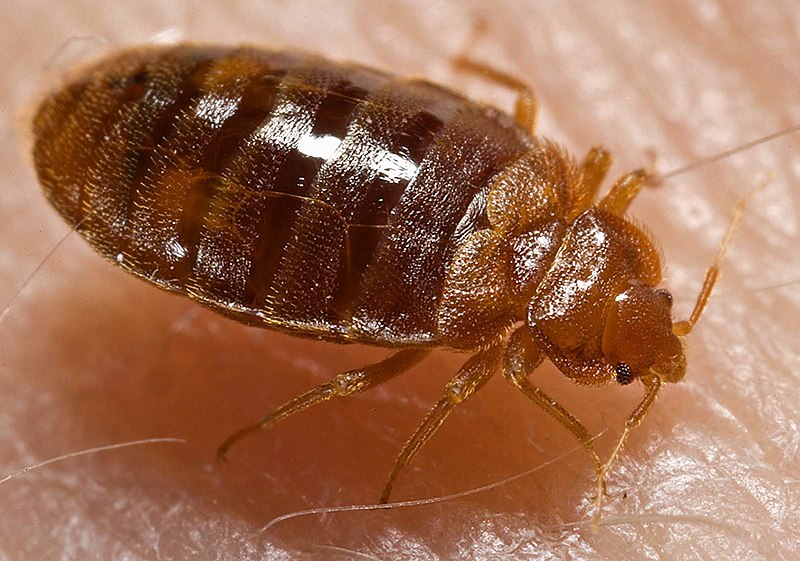Restren:Bed bug, Cimex lectularius.jpg

Myns an ragwel ma: 800 × 561 piksel. Klerderyow erel: 320 × 224 piksel | 640 × 449 piksel | 1,024 × 718 piksel | 1,280 × 898 piksel | 1,600 × 1,122 piksel.
Restren wreydhek (1,600 × 1,122 piksel, myns an restren: 161 KB, eghen MIME: image/jpeg)
Istori an restren
Klyckyewgh war dhedhyans/eur rag gweles an folen dell o an termyn na.
| Dedhyans/Eur | Skeusennik | Mynsow | Devnydhyer | Kampol | |
|---|---|---|---|---|---|
| a-lemmyn | 14:11, 17 Me 2007 |  | 1,600 × 1,122 (161 KB) | Patho | == Summary == {{Information |Description=ID#: 9822 Description: This 2006 photograph depicted an oblique-dorsal view of a '''bed bug nymph, Cimex lectularius''', as it was in the process of ingesting a blood meal from the arm of a “voluntary” human h |
Devnydh an restren
Yma an folen a syw owth usya an restren ma:
Devnydh ollvysel an restren
Yma an wikis erel a syw ow tevnydhya an restren ma:
- Devnydh war af.wikipedia.org
- Devnydh war an.wikipedia.org
- Devnydh war ar.wikipedia.org
- Devnydh war arz.wikipedia.org
- Devnydh war ast.wikipedia.org
- Devnydh war azb.wikipedia.org
- Devnydh war be.wikipedia.org
- Devnydh war bg.wikipedia.org
- Devnydh war bjn.wikipedia.org
- Devnydh war bn.wikipedia.org
- Devnydh war bs.wikipedia.org
- Devnydh war ca.wikipedia.org
- Devnydh war ca.wiktionary.org
- Devnydh war ceb.wikipedia.org
- Devnydh war cs.wikipedia.org
- Devnydh war cv.wikipedia.org
- Devnydh war dag.wikipedia.org
- Devnydh war de.wikibooks.org
- Devnydh war din.wikipedia.org
- Devnydh war el.wikipedia.org
- Devnydh war eml.wikipedia.org
- Devnydh war en.wikipedia.org
- Devnydh war en.wikinews.org
- Devnydh war en.wiktionary.org
Gweles devnydh ollvysel moy a'n restren ma.

